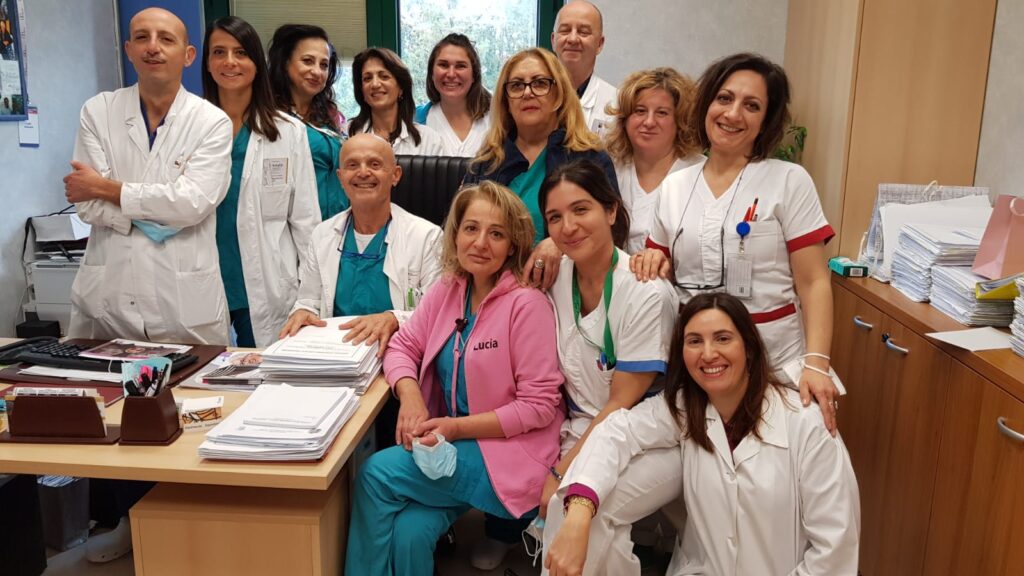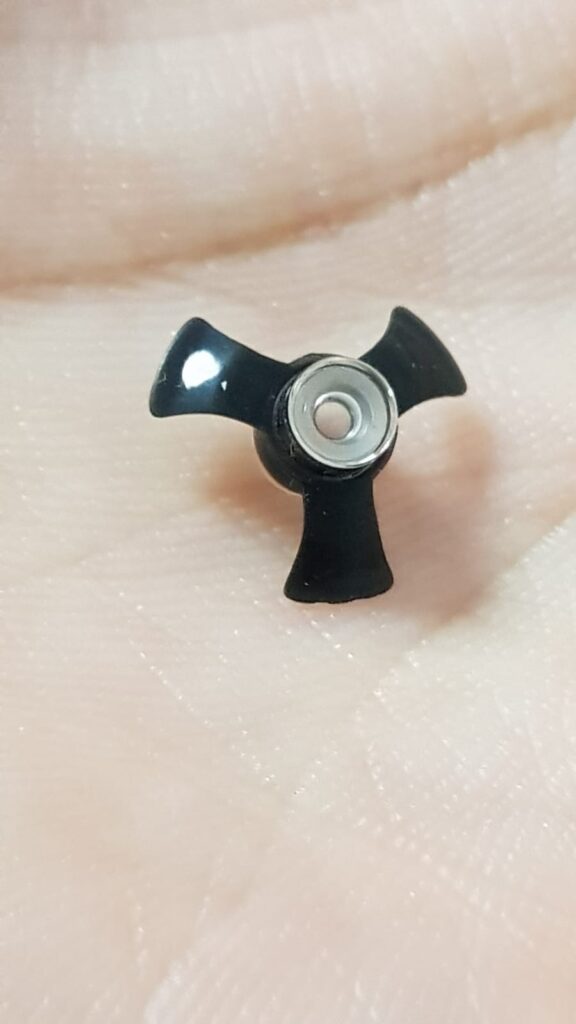With an innovative technique, unique at the moment in Lower Lazio, this morning the team of Dr. Luigi Baglioni, Director of the UOSD Ophthalmology-Retinal Vitreous Surgery of the Asl of Frosinone, operated on two elderly patients suffering from a very serious form of macular degeneration.
The operations were carried out in the operating rooms of the Fabrizio Spaziani hospital in the capital, they were perfectly successful and will guarantee a significant improvement in the quality of life of patients who, after a short period of adaptation, will once again be able to carry out many daily activities hitherto denied, such as recognising the faces of their families, reading symbols on tablets or mobile phones, increasing their autonomy.
The ASL Operating Unit is part of the fourteen Italian Centres classified as suitable and chosen to carry out this particular technique, which involves the application of an intraocular telescopic lens that allows a 2.7-fold magnification and is implanted inside the eye instead of the lens with cataract, under local anaesthesia.
The system technically used is the SING IMT (Smaller-Incision New-Generation Implantable Miniature Telescope).
THE WORDS OF DR. LUIGI BAGLIONI
We are very satisfied and proud to have carried out, first in Lower Lazio, the operations with what is the surgery of the future to combat the severe forms of low vision caused by age-related Macular Degeneration in severe terminal form.
Very proud to be one of the few Italian Specialist Hospital Centres chosen and authorised to deliver this surgical technique, which represents a unique opportunity for many patients with severe visual impairment.
In addition, my OU is in continuous contact with international operating units for the exchange of information and feedback as part of the clinical trial underway worldwide.
All this currently represents the flagship of an Operating Unit that annually delivers about four thousand interventions, most of which are highly complex in the field of Vitreoretina diseases.
A heartfelt thanks to all my collaborators and nursing staff for their active help, without which all this would not have been possible.








